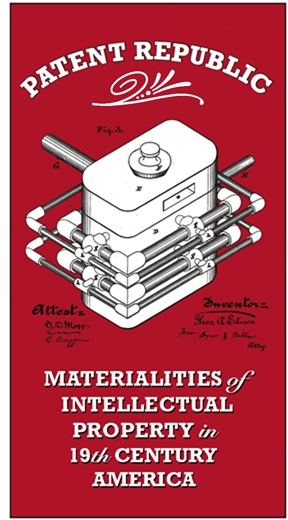 May 1 - December 11, 2009
May 1 - December 11, 2009
From its foundation in 1790 to the early 1870s, the U.S. Patent Office required models (in addition to drawings and textual descriptions) to guarantee the understanding and replicability of inventions. The Patent Act of 1836 emphasized that: “Before any inventor shall receive a patent [s/he shall] furnish a model of his invention, in all cases which admit of a representation by model, of a convenient size to exhibit advantageously its several parts.” Models played a crucial role in the courtroom too. In patent infringement cases, judges and jury sometimes struggled to understand the workings of the invention and the claims of the patent by looking at the specifications alone. In those settings, models provided key “reality effects.”
Beginning in the 1870s, however, models ceased to be required for patent applications. Their disappearance from patent law was quickly followed by their physical disappearance when a large fire at the Patent Office destroyed forty percent of them in 1877. By the end of the 19th century, the materialities of inventions came to be limited to printed matter only: highly codified black-and-white drawings and textual descriptions. This exhibit retraced more than 50 years of patent-model making in the United States, presenting common inventions such as washing machines, carpet sweepers, and ice skates as well as Thomas Edison’s carbonizer – a crucial piece of apparatus for the production of filaments in electric light bulbs. The exhibit highlighted more than the material ingenuity of a nation. It provided clues to the epistemic nature of models and their role in both technological innovation and the history of intellectual property law.
This exhibit retraced more than 50 years of patent-model making in the United States, presenting common inventions such as washing machines, carpet sweepers, and ice skates as well as Thomas Edison’s carbonizer – a crucial piece of apparatus for the production of filaments in electric light bulbs. The exhibit highlighted more than the material ingenuity of a nation. It provided clues to the epistemic nature of models and their role in both technological innovation and the history of intellectual property law.
"Patent Republic" in the Media
“Patent Models on Display at Harvard,” The Patent Librarian’s Notebook, 6/5/2009
“Patent Models Record Inventions in Miniature,” Wired.com, 7/29/2009
“History on a Small Scale,” Harvard Gazette, 7/2/2009
